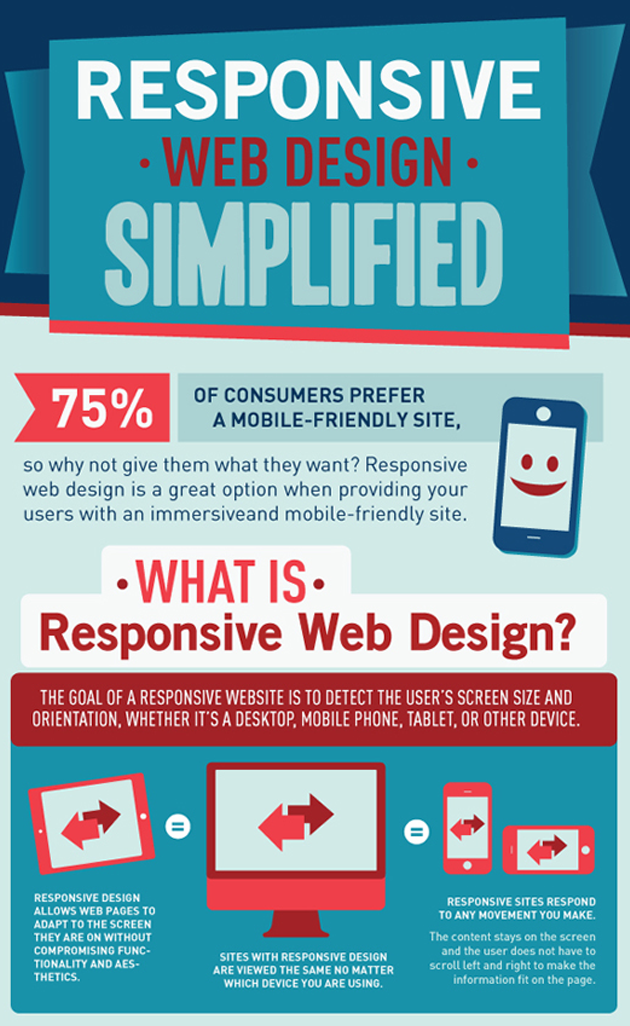Fascinated In Discovering How Site Design Has Evolved Throughout The Years? Explore The Journey From Standard, Uncomplicated Styles To User-Centric User Interfaces That Focus On The Site Visitor'S Experience
Fascinated In Discovering How Site Design Has Evolved Throughout The Years? Explore The Journey From Standard, Uncomplicated Styles To User-Centric User Interfaces That Focus On The Site Visitor'S Experience
Blog Article
Team Author-Asmussen Vinson
In the past, internet sites were straightforward and focused on details. https://contentmarketingjobdescri84062.blogoxo.com/30001646/start-your-path-to-ending-up-being-adept-at-social-media-marketing-by-learning-essential-strategies-and-techniques was straight, and layout was for desktops. Currently, individual experience is vital. Information overviews styles for easy navigation. Receptive formats suit various tools. Today, dark mode minimizes pressure, and minimal menus enhance navigating. Interactive attributes involve users, and vibrant visuals stick out. AI combination increases involvement. See exactly how design has advanced to boost your online trip.
Very Early Days of Web Design
In the very early days of website design, simplicity preponderated. Websites were fundamental, with restricted colors, font styles, and formats. The emphasis was on giving details instead of fancy visuals. Customers accessed the web through sluggish dial-up links, so rate and functionality were key.
Navigating menus were straightforward, usually situated at the top or side of the page. Web sites were made for home computer, as mobile surfing wasn't yet widespread. Material was king, and designers focused on very easy readability over complex style aspects.
HTML was the key coding language utilized, and developers had to function within its constraints. Animations and interactive features were marginal compared to today's requirements. Internet sites were fixed, with little vibrant content or tailored customer experiences.
Increase of User-Focused Style
With the evolution of internet site style, a change in the direction of user-focused design concepts has actually come to be significantly noticeable. Today, creating sites that prioritize individual experience is critical for engaging site visitors and accomplishing service goals. User-focused style involves recognizing the demands, preferences, and behaviors of your target market to tailor the website's design, web content, and features as necessary.
Developers currently carry out extensive study, such as customer surveys and functionality screening, to gather insights and feedback straight from users. This data-driven method helps in developing instinctive navigating, clear calls-to-action, and aesthetically appealing interfaces that reverberate with site visitors. By putting professional seo services provider at the facility of the layout procedure, web sites can provide a more customized and enjoyable experience.
Responsive layout has additionally emerged as a crucial facet of user-focused layout, guaranteeing that websites are optimized for various devices and screen dimensions. This flexibility enhances ease of access and usability, satisfying the varied methods customers interact with websites today. Essentially, the increase of user-focused style signifies a change towards developing digital experiences that prioritize the requirements and expectations of completion customer.
Modern Trends in Web Design
Check out the current fads forming web design today. One famous pattern is dark mode design, providing a sleek and modern appearance while lowering eye stress in low-light settings. One more essential fad is minimalist navigating, streamlining food selections and boosting customer experience by focusing on essential elements. Including micro-interactions, such as animated buttons or scrolling results, can produce an extra appealing and interactive internet site. Receptive layout continues to be crucial, making sure smooth user experiences across various devices. In addition, making use of bold typography and unbalanced layouts can include aesthetic passion and accentuate details content.
Incorporating AI technology, like chatbots for consumer support or tailored referrals, improves individual engagement and improves procedures. Ease of access has likewise end up being a considerable trend, with designers focusing on comprehensive design methods to satisfy varied customer requirements. Welcoming sustainability by optimizing site performance for speed and efficiency is another arising pattern in web design. Working together with individual responses and data analytics to repeat and improve style continuously is essential for staying relevant in the ever-evolving digital landscape. By accepting these contemporary trends, you can produce a visually attractive, user-friendly web site that reverberates with your target market.
Conclusion
As you review the development of web site layout from the early days to currently, you can see exactly how user-focused layout has actually ended up being the driving force behind modern trends.
Welcome the trip of modification and adaptation in web design, always keeping the user experience at the leading edge.
Stay existing with the current fads and technologies, and never quit progressing your method to produce visually sensational and straightforward web sites.
Develop, adapt, and develop - the future of web design remains in your hands.
